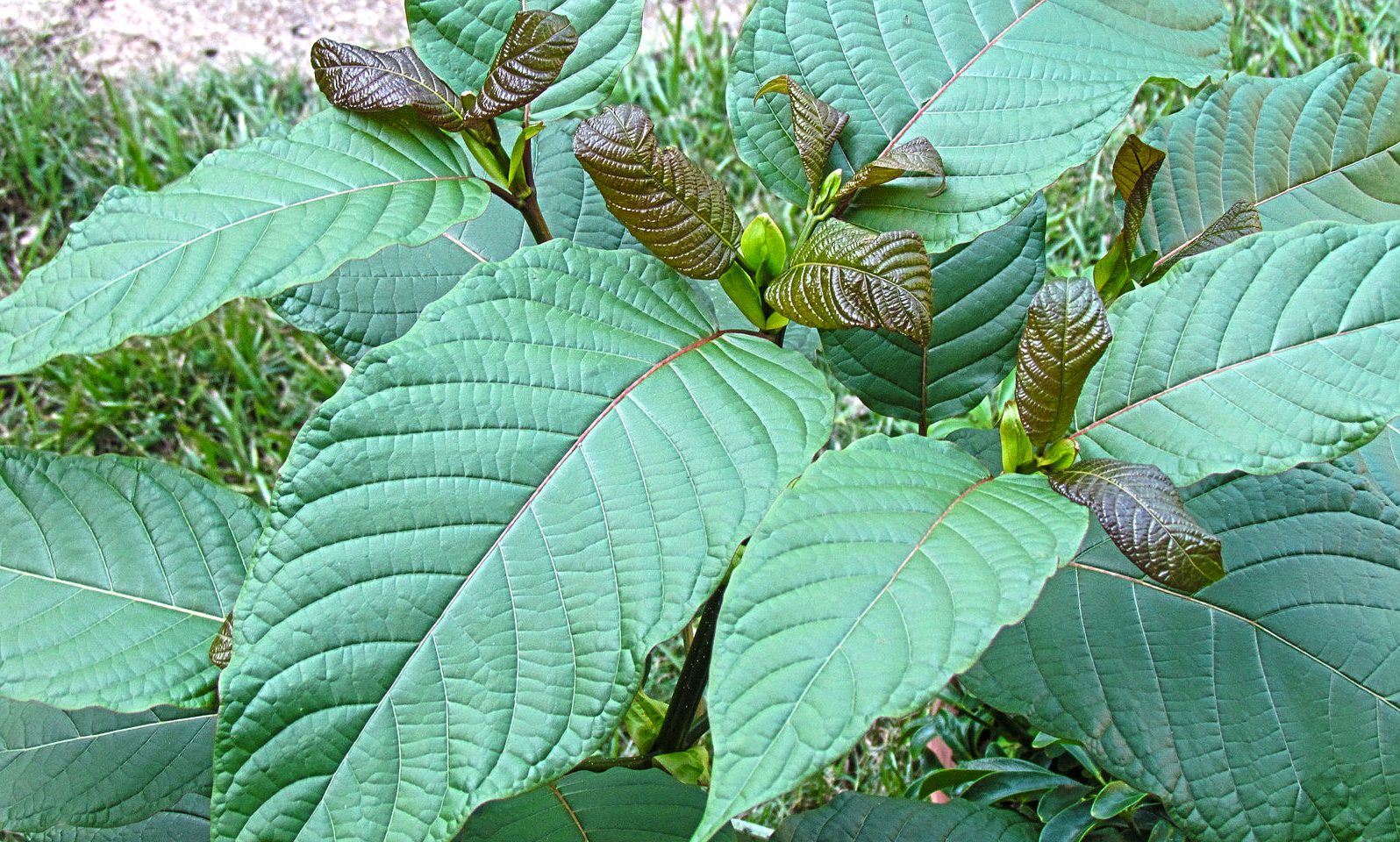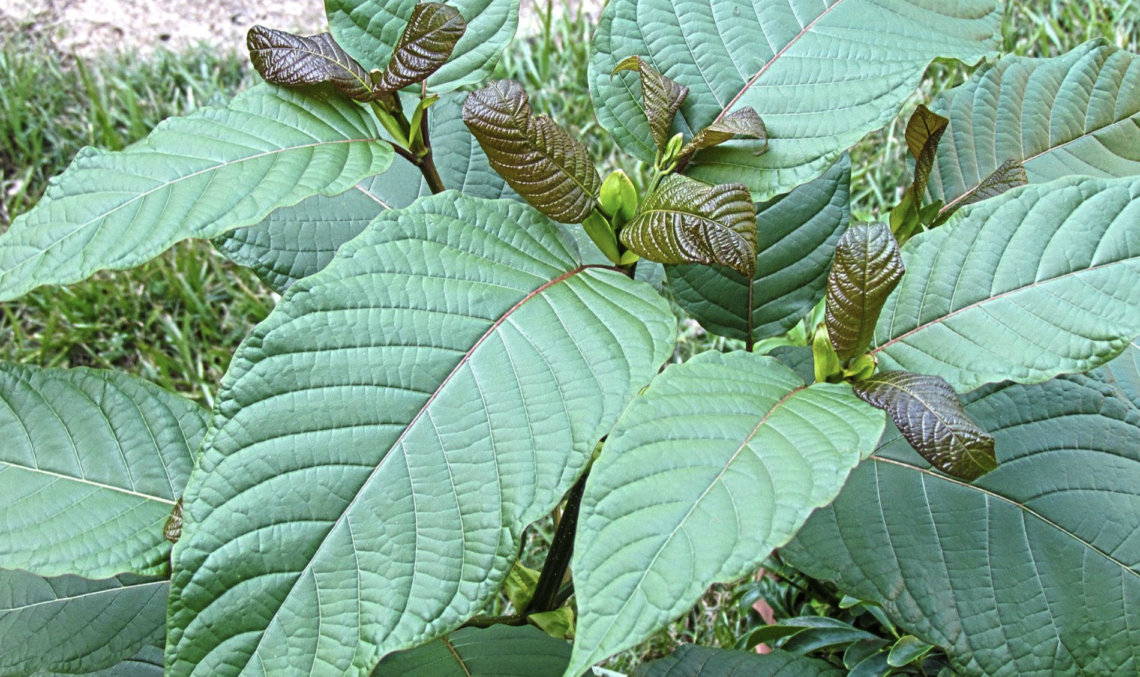
As the U.S. Food and Drug Administration (FDA) under the Trump administration prepared to propose federal restrictions on kratom, a number of top officials intervened, criticizing the agency’s “bias” and stopping it “on the spot” from moving ahead with scheduling, a former White House drug czar said in a new interview.
“They did not give—did not have—the entire facts. They didn’t have the science,” said Jim Carroll, who served as director of the Office of National Drug Control Policy, or drug czar, under President Donald Trump from 2018 to 2021. “FDA did not paint the entire picture. Maybe they didn’t have the entire picture, but everyone else did.”
Carroll, who now works as a private lawyer and consultant, made the comments during a discussion with Mac Haddow, senior fellow at the American Kratom Association (AKA), during the National Conference of State Legislatures summit in Indianapolis earlier this month.
The former White House official said that as the Trump administration was considering whether to schedule kratom under the Controlled Substances Act, around 2018, FDA gave a presentation to his office that misstated the drug’s risk profile and potential benefits.
The agency was “talking about kratom being an opioid. We know that’s wrong, it’s flat-out wrong,” Carroll said. “They said that it’s highly addictive. Johns Hopkins [and] other medical, independent researchers have said it’s no more addictive than a cup of coffee in the morning, which I had before this interview.”
AKA Senior Fellow on Public Policy Mac Haddow sits down with Former Director of National Drug Control Policy to discuss kratom policy and the need for Kratom Consumer Protection Acts
Initially, Carroll said he and others were inclined to defer to FDA’s expertise. “I’m sitting there and thinking, OK, well, this is, you know, the FDA, the Food and Drug Administration. They know what they’re talking about,” he recalled.
Carroll acknowledged that his office was relatively unfamiliar with kratom. “This wasn’t a drug that’s already scheduled; this is what they were seeking,” he explained. “So it wasn’t something that, you know, our office had a lot of experience with prior to coming into that.”
At the time, FDA was set to make a similar briefing to the Drug Enforcement Administration (DEA), “because that’s one of the agencies that actually has to sign off on making a new controlled substance.”
But as the administration geared up to consider scheduling kratom, Brett Giroir, then the assistant secretary of health at the Department of Health and Human Services (HHS), caught wind of the FDA claims, according to Carroll. “He said, ‘Don’t let this happen.’”
Nora Volkov, director of the National Institute on Drug Abuse (NIDA), also got involved, Carroll said. And together, officials began reviewing available research and questioning the FDA’s position.
“We stopped scheduling on the spot,” Carroll said.
They also began learning more about how Americans use kratom—not as a drug of abuse, Carroll explained, but more often as a drug of substitution.
“It actually helps people with an opioid addiction,” he said. “It works in the same part of the brain where opioids attach themselves and cause sedation, causing people to stop breathing, causing people to die.”
One government study “showed the vast majority of people are using kratom for the right reasons,” Carroll noted. “They’re using it as a supplement—as a food, if you will, because it’s a tea leaf. They’re using it to get off opioids. They’re using it to do what we’re supposed to do, which is save lives.”
Last year more than 109,000 Americans died of drug overdoses, with synthetic opioids like fentanyl present in about 75,000 of those cases.
Haddow of AKA pointed out that almost all of what Carroll described unfolded behind closed doors. “When all of this was going on, there was absolutely zero transparency about what was happening,” he said. “The decision that was made by Dr. Giroir, that was to formally withdraw the recommendation—and the DEA had to withdraw it—wasn’t public for two and a half years.”
“Why does the FDA do this?” he asked. “What possibly would be their motivation, and why are they so hell-bent?”
“I don’t know why there’s an institutional bias—and that’s the word that I’m intentionally using—there is a bias against kratom,” Carroll replied. “All they have to do is follow the facts and they will realize that there’s actually great potential in this.”
“The only thing I can think of is their concern is, ‘Oh my gosh, we’re gonna let something happen, and we’re not on top of it. We’re going to look bad,’” he added. “And the reality is, they’re depriving people of this.”
Carroll argued that steps need to be taken to ensure that kratom sold in the U.S. is well-regulated, clearly labeled and lab-tested for potency and purity. He pointed out that many people dying from fentanyl overdoses don’t even know they’re taking the drug.
“They might be taking an opioid because of their addiction, because of pain, and they don’t realize there’s fentanyl in it,” said Carroll, whose daughter developed a substance use disorder after being prescribed opioids. “What they’re doing is they’re dying from a poisoning, because they’re not taking something that is safe.”
“Nothing else matters unless we’re truly making a meaningful difference in saving lives,” he said. “It’s time for states to go back and look at the science.”
A number of legislatures are doing exactly that as dozens of states weigh whether to regulate or outlaw kratom. Haddow noted that, so far, 11 states have passed a version of the Kratom Consumer Protection Act (KCPA), model legislation supported by the AKA. In some cases, lawmakers even rolled back bans on kratom products and instead embraced regulation.
Broadly speaking, the KCPA sets a minimum age of 18 to buy kratom products (though some states have made it 21), prohibits the addition of adulterants or “any synthetic or artificially elevated alkaloid content,” requires that manufacturers register with the proper regulatory authority and creates standards around packaging and labeling.
“There’s not too many industries that are asking for regulation these days, but the Kratom Association is, because they want to make sure that there’s proper labeling,” Carroll said. “They want to make sure it’s not an adulterated substance, that there’s not things being added to it that a consumer doesn’t know.”
Carroll is slated to speak on the topic again next week during an online Q&A session hosted by AKA. Also speaking at that event will be John Shinholser, co-founder and president of the drug recovery organization The McShin Foundation.
At the federal level, a trio of bipartisan lawmakers last year filed the Federal Clarity for Kratom Consumers Act, a first-of-its-kind bill that would have limited the restrictions that regulators at HHS could have set on kratom. At the time, sponsor Sen. Mike Lee (R-UT) said FDA “needs to fulfill its duty to protect consumers, not abuse their powers in ways the Congress never intended.”
Last month the American Medical Association, in adopting a new slate of drug policy positions, said that people “who are using kratom only for personal use should not face criminal consequences,” although the group added that the substance should be evaluated by authorities “for its appropriateness for sale and potential oversight via the Controlled Substances Act, before it can be marketed, purchased, or prescribed.”







